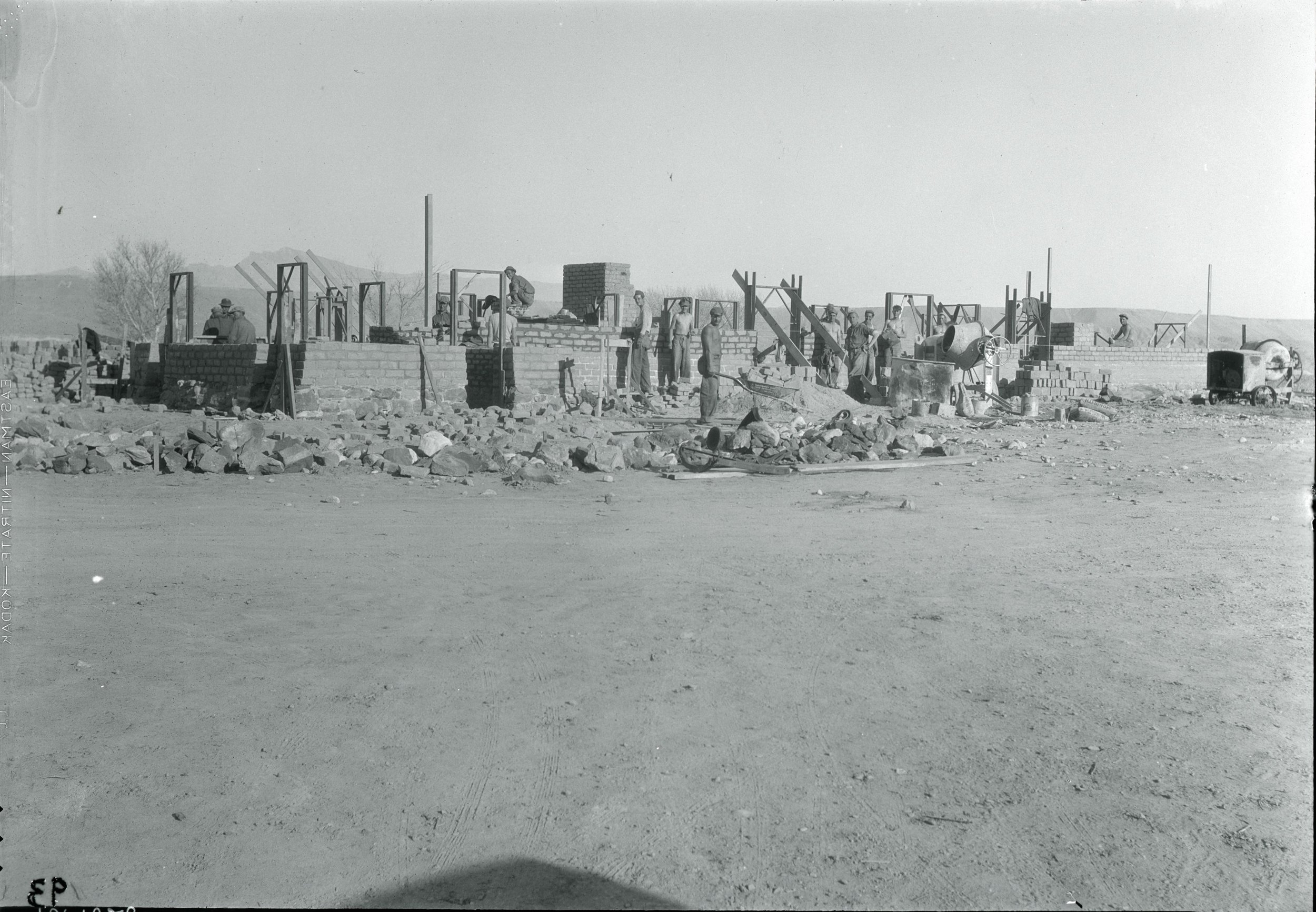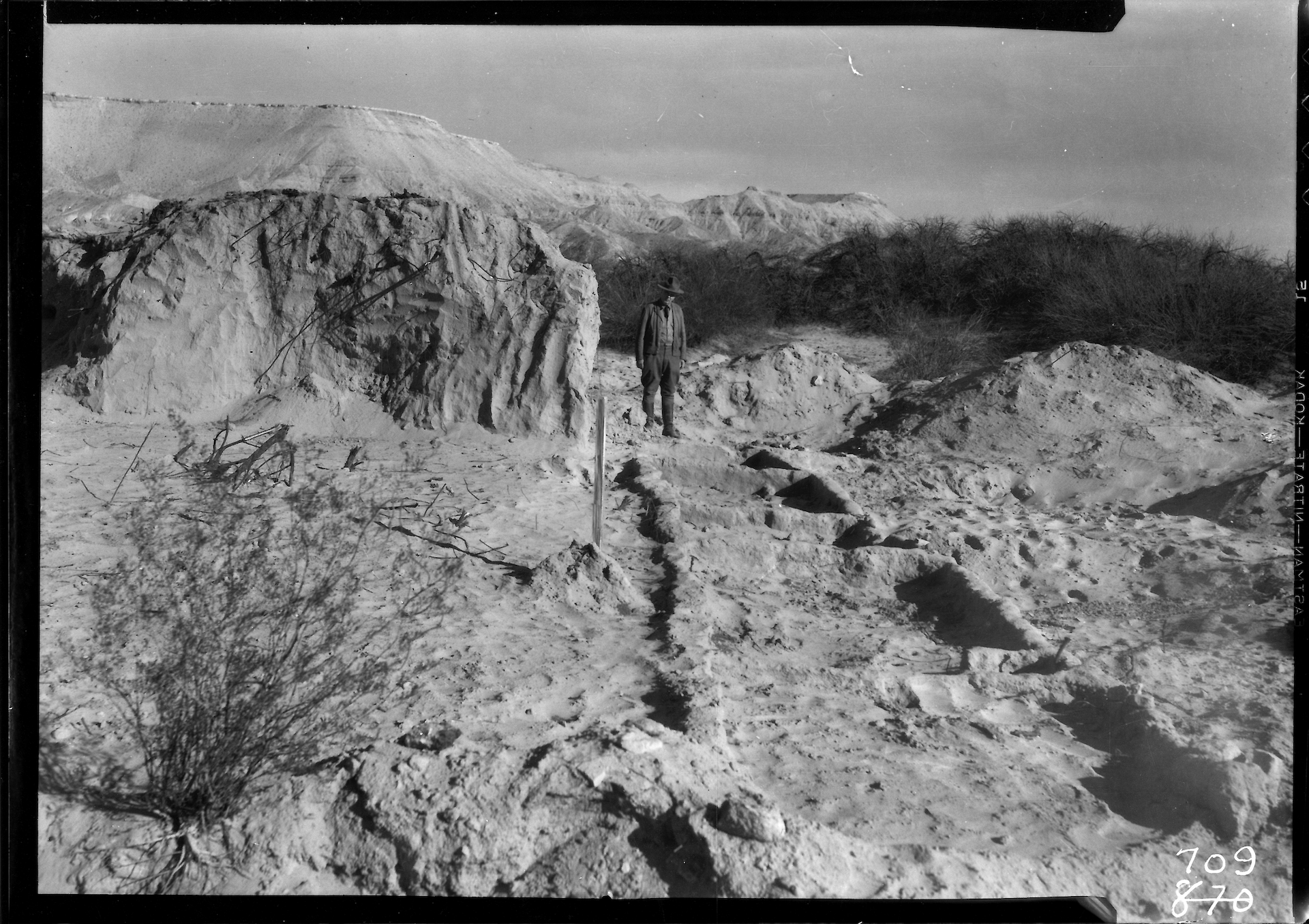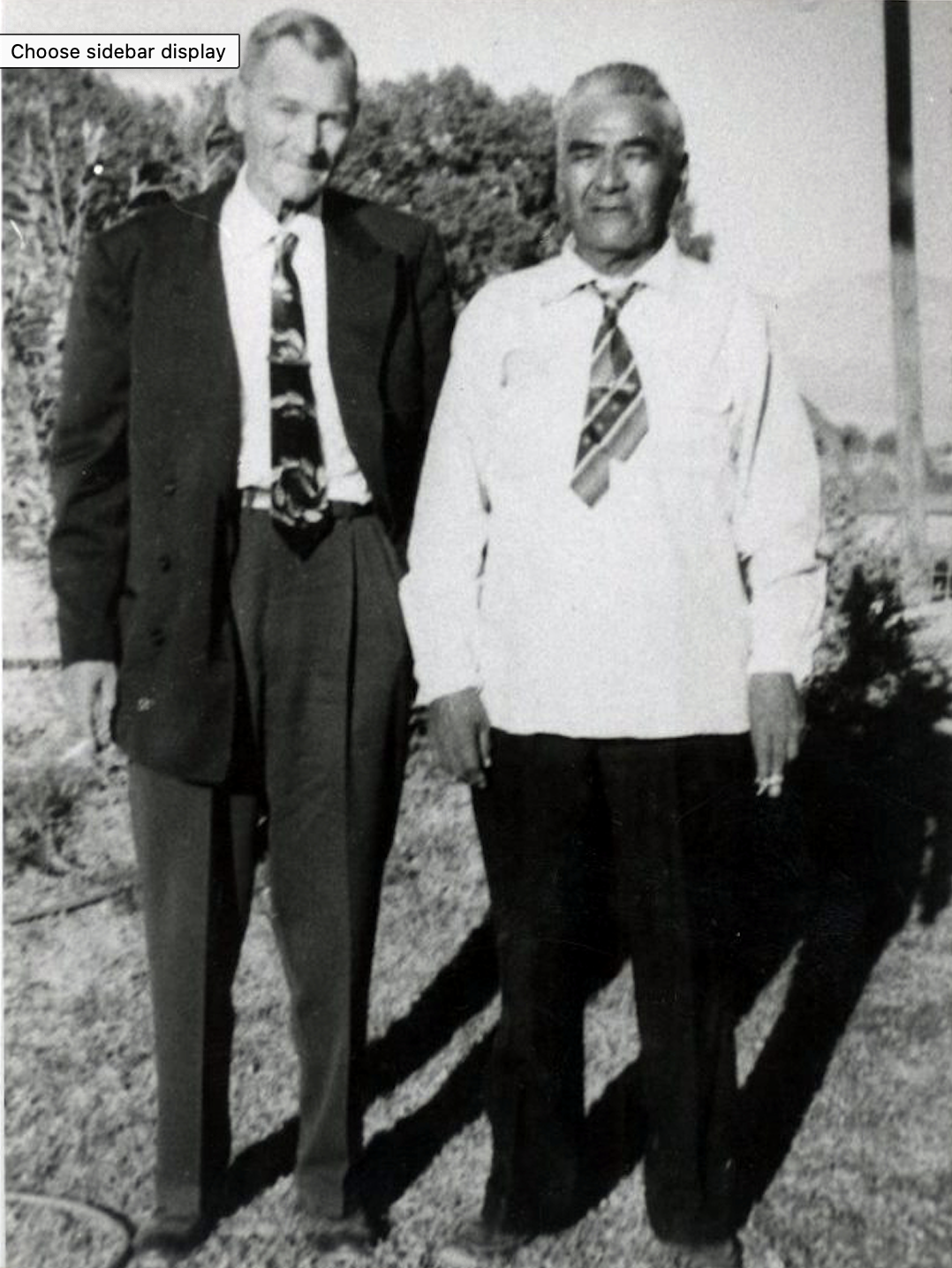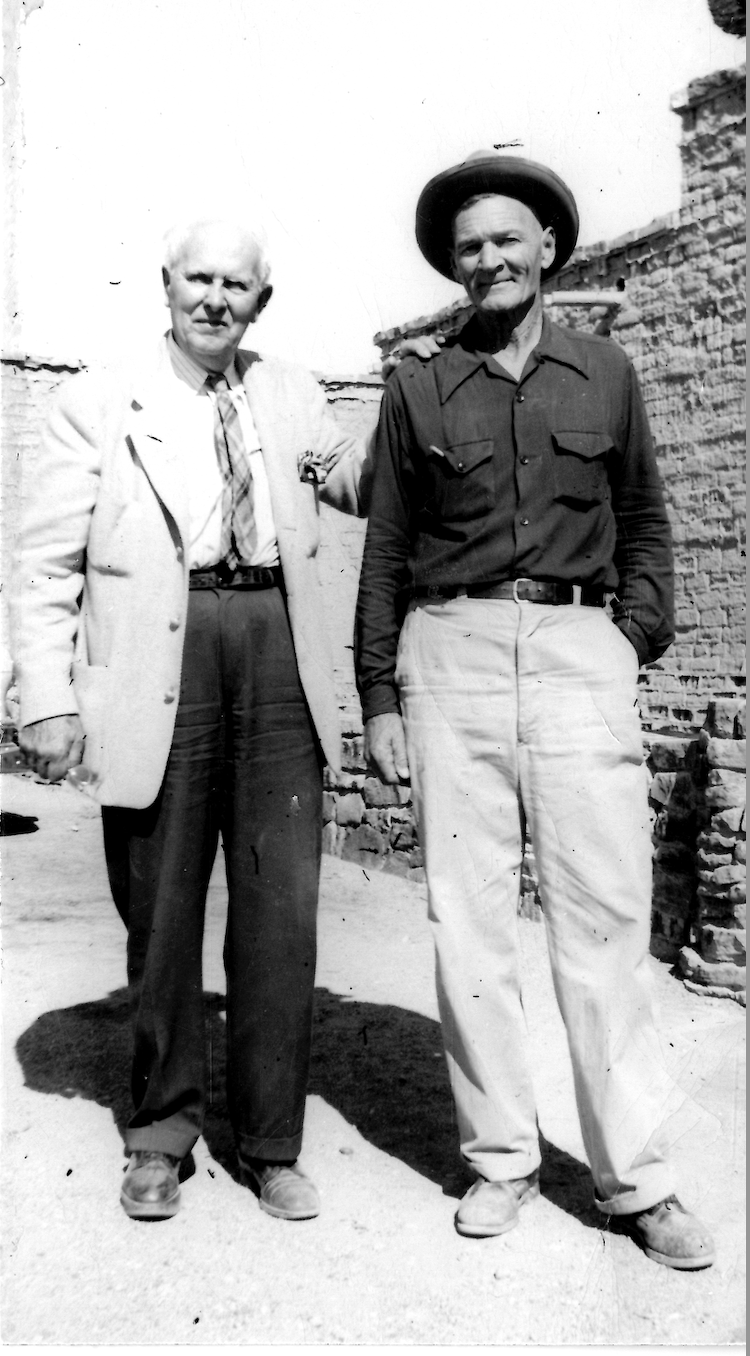Lost City Museum: A Hidden Gem on Southern Nevada’s Arrowhead Trail




By Virginia Lucas
Lost City Museum: A Hidden Gem on Southern Nevada’s Arrowhead Trail exhibition, which is currently on display at the Nevada Humanities Program Gallery, invites visitors to take a step back to a time before Lake Mead and the Hoover Dam existed. Through a collection of historic photographs, this exhibit illustrates the founding and history of the Lost City Museum as well as the complex landscape that prompted the creation of the museum.
Completed in 1935, the Boulder Dam Park Museum was built to house the artifacts from excavations at Lake Mead. The museum was originally located at St. Thomas, Nevada before moving to its current location in Overton, Nevada in 1935. The museum existed as the Boulder Dam Park Museum for the next 15 years. In the early 1950s, the museum transferred to state control, and the name changed to what it is today—the Lost City Museum.
While the Puebloan ruins had been known for years, in 1924, Overton residents and brothers, John and Fay Perkins, brought the Puebloan ruins to the attention of former Nevada Governor James Scrugham. Governor Scrugham reached out to Dr. Mark Harrington of the Southwest Museum and the Heye Foundation. Dr. Harrington along with Mr. Willis Evans, a member of the Pit River tribe that often worked with Dr. Harrington at various archaeological digs, confirmed that the site of Pueblo Grande de Nevada (the Lost City) were indeed Puebloan ruins. The excavations of the Lost City continued through the 1930s with members of the Civilian Conservation Corps (CCC); the CCC was founded by President Franklin D. Roosevelt in 1933 and was a voluntary government work relief program ran until the early 1940s. The CCC Companies (crews) were made up of approximately 125-200 young men.
While several CCC crews worked on the building of the Hoover (Boulder) Dam, CCC Companies 573 and 538 were sent to excavate near Overton and where the lake would ultimately form. With the large number of artifacts being recovered, a new museum was needed to house all of the artifacts. Beginning in December 1934, approximately 70,000 adobe bricks were made to build the Boulder Dam Park (Lost City) Museum. The CCC workers broke ground on December 12, 1934, and the museum opened to the public in July 1935. While these artifacts are no longer at the Lost City Museum, visitors can still see a number of lithic tools, pottery, and shell and turquoise artifacts.
The Lost City Museum will soon celebrate its 95th anniversary, and because of this longevity, people that visited the museum as kids are now bringing their grandkids to enjoy the museum. While the building has had some additions through the years, it remains a place for people to learn about the Indigenous peoples that lived and thrived in the Moapa Valley a thousand years ago. The Lost City Museum remains a hidden gem on southern Nevada’s Arrowhead Trail.
This exhibition will be open to the public for viewing by appointment only Tuesdays through Thursdays from 1 to 4 pm and until 9 pm the first Friday of the month for First Friday events at the Nevada Humanities Program Gallery, 1017 South 1st Street, #190 in Las Vegas. In-person viewing will close on January 24, 2023. Contact Bobbie Ann Howell at bahowell@nevadahumanities.org or 702-800-4670 to make a viewing appointment. This exhibition will remain viewable online.
Virginia Lucas is curator/archeologist at The Lost City Museum in Overton, Nevada. She is a doctoral candidate in archaeology, and her research focuses on the Virgin Branch Puebloans in the Moapa Valley. When not at work or writing on her dissertation, Virginia is an accomplished wildlife and landscape photographer.


